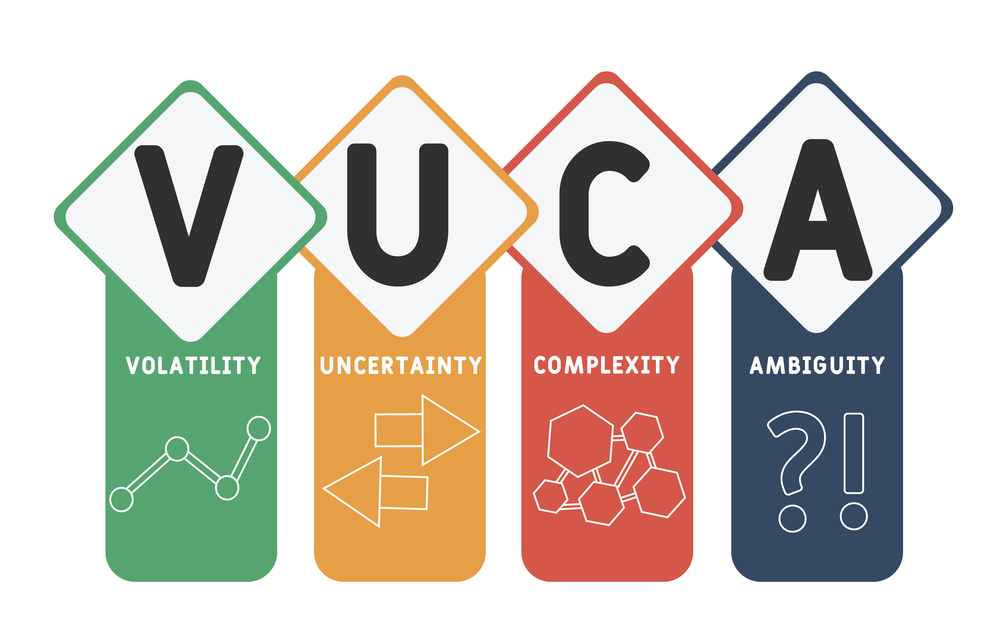 Like so many others, I’ve discovered the Apple+ show Ted Lasso, in which Jason Sudekis plays a successful American college football coach from Wichita, Kansas who moves to the UK to coach professional soccer (aka the sport known as football outside of North America).
Like so many others, I’ve discovered the Apple+ show Ted Lasso, in which Jason Sudekis plays a successful American college football coach from Wichita, Kansas who moves to the UK to coach professional soccer (aka the sport known as football outside of North America).
Many of my executive coaching clients have referenced the show. In particular, they’ve made note of Jason Sudekis’ portrayal of a kind and caring leader who emphasizes relationship building, leads with empathy, and empowers others to be the best version of themselves, on and off the field.
I’ve recently rewatched the first two seasons – which is a first for me, as I don’t normally rewatch anything!
Since the earliest months of the pandemic, I’ve been thinking about the unique demands being placed on leaders. With such an immediate and profound organizational cultural shift in March 2020 that happened in so many workplaces, leaders were finding themselves leading from home and suddenly needed much stronger interpersonal skills than ever.
Most employees are still dealing with their own new stresses, pandemic grief, and the worries and preoccupations of ongoing uncertainty. In addition, employees who are members of equity-seeking groups have concerns related to their sense of workplace belonging (or exclusion).
So, partway through rewatching season one of Ted Lasso, I was inspired by what I was seeing and hearing. Here are some of my reflections on what we can learn about leadership and workplace culture by watching the series.
1. Star performers who mistreat others are not worth keeping around.
In the show, Ted subs his star player Jamie Tartt out of a pivotal match because of his dreadful behaviour towards his teammates. In real life, I’ve seen many instances of workplace bullying where “star” employees who are productive yet extremely toxic bullies are rarely fired. Their supposed “productivity” prevents them from being fired, even when they are ruining the organizational climate and productivity of others because of their cruel, mean-spirited behaviour.
This issue is addressed in further detail in “The Office Without A**holes” episode of Adam Grant’s WorkLife podcast, which I also highly recommend.
2. Good ideas can come from anyone.
Despite his original role of soft-spoken “kit man” on the team, Ted and the other coaches remain open to good ideas from Nate. Leaders like Ted aren’t concerned about the position or identity of the person who contributes the idea, but rather the idea itself. I’ve heard of so many instances where ideas are immediately discarded because of where the idea came from – an employee who is too junior, or in some other way not “one of the boys.”
Take a look at how hiring for contribution, not fit and the unique value that BIPOC/underrepresented leaders can deliver also touched upon these themes.
3. Psychological safety is important.
As Brene Brown says, “The playground isn’t safe if anyone is getting beat up.” Everyone’s psychological (and physical safety) matters. On Ted Lasso, Coach Ted, Coach Beard, and Higgins act in ways that make others feel emotionally and psychologically safe, valued, and welcome. When the tables turned and Jamie Tartt needed some emotional support, he got a healthy dose from Roy Kent in front of the entire team. Everyone is treated with respect and dignity, no matter their role or title in the organization. I would love to see a world in which this was the norm and not the exception.
4. Allyship matters.

Impromptu, full-team Dubai Air protest featured in Ted Lasso, Apple+. Photo credit The Sponsorship Space (thesponsorshipspace.com)
There are so many simple yet powerful examples of allyship in this show. Team members support Sam Obisanya when he needs to take a stand against a sponsor who is violating environmental and human rights in Sam’s home country. Rebecca stands up with Sam despite the financial risk that the team will face, and Ted gives Sam a platform to explain why he is uncomfortable with the stance that the sponsor is taking. If you’d like a refresher on how allyship can play out at work, check out this two-part blog series on What is Allyship? and in my two-part series on Why Your Organization Needs a BIPOC Mentorship Program.
5. We must not leave anyone behind.
Essentially, this is another way of saying that everyone matters, and inclusion matters. On at least two occasions, Ted notices that soft-spoken Nate is missing from the team bus. It turns out that Nate had been locked in the baggage compartment when he was under there organizing the luggage. It sets a tone for the entire organization when everyone is treated as a valued member of the group and shows that everyone matters and everyone is included without saying a word or jumping on a soapbox.
6. There is more than one style of leadership.
Several months ago, a former client contacted me partway through a multi-day training session on “executive presence” that she was attending. She was disappointed with and even offended by the content. Her employer had sent her on expensive training that was really missing the mark. The toxic message from this training included the idea that there is only one “correct” way to be an executive or leader. It was a very narrow-minded, “cookie-cutter” approach that left no room for alternative styles or approaches.
Thank goodness Ted Lasso wasn’t forced to accept that false doctrine! He is an unapologetic original who many of us can learn from, and would follow anywhere.
Can you think of other leadership lessons that you’ve picked up by watching Ted Lasso? How about life lessons?
If you haven’t watched Ted Lasso, as I said, I recommend it, for so many reasons. Rotten Tomatoes.com rates it at 94 percent, and with good reason. You can find it on Apple TV.
Do you want to discuss a career, HR, or training-related matter? Reach out today for a free and confidential initial consultation by phone, email, or via direct message on Twitter, Facebook or LinkedIn.
More than career coaching, it’s career psychology®.
I/O Advisory Services Inc. – Building Resilient Careers and Organizations.™






